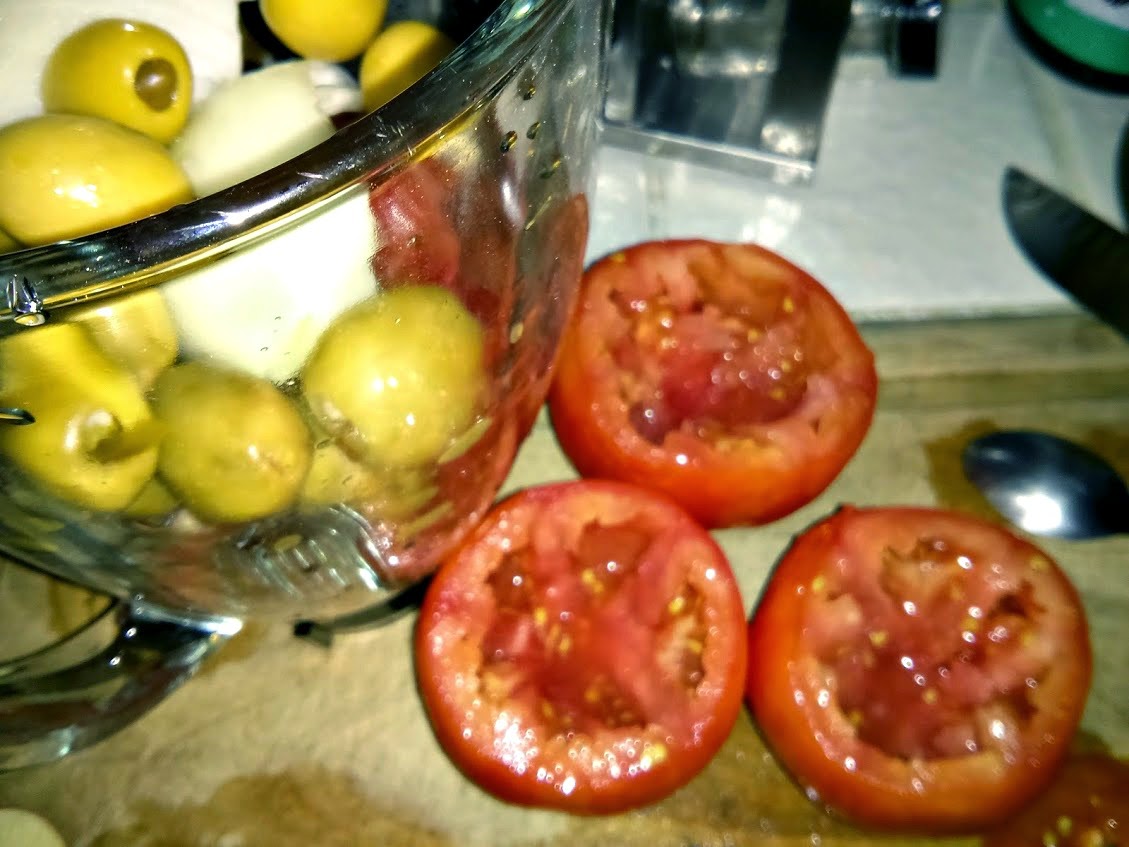Most of us have heard that potatoes
are bad for our health along with any other starchy white bread and white rice.
This of course depends on the type of potatoes you are avoiding. Sweet potatoes
are a healthy addition to your weight loss and fitness goals that keeps your
insides developing as strong as your outsides. They are a natural anti-oxidant
that fights against cancer, infections while still supporting weight loss.
Sweet potatoes have vitamin A,
vitamin C, beta carotene, anthocyanins and potassium that help prevent bacterial infections,
inflammatory diseases, diabetes, and some forms of cancer (Finkel, 2010). The multiple
benefits found in sweet potatoes makes them versatile and attractive for health
enthusiasts.
An analysis of sweet potatoes found
that they contain high levels of antioxidants and should be implemented into any
healthy diet (Anastacio & Caryalho, 2013). It is these antioxidants that
help collect free radicals that can be found in the bloodstream. Free radicals
are known to cause damage to cell lining and potentially lead to cancer.
Weight loss also becomes more likely
as sweet potatoes contain a lot of fiber and that lowers spikes of sugar. As a
high source of fiber people who eat sweet potatoes will feel fuller and snack
less throughout the day. For a great many people the wrong types of snacks can
do a lot of damage.
Sweet potatoes have a lot of uses
and are as versatile as other potatoes. If you are drawn to French fries and
love their texture and taste you may consider using a sweet potato alternative.
Slicing them thinly and baking them allows for a no sin French fry version that
is still beneficial to you. You may also bake or fry sweat potatoes. Just
remember that the more you use oil and butter the lower the advantages.
Anastacio, A. & Carvalho, I. (2013). Spotlight
on PGI sweet potato from Europe: study of plant part, time and solvent effects
on antioxidant activity. Journal of Food
Biochemistry, 37 (5).
Finkel, J. (2010). The sweet potency
of sweet potato. Life Extension, 16
(4).

